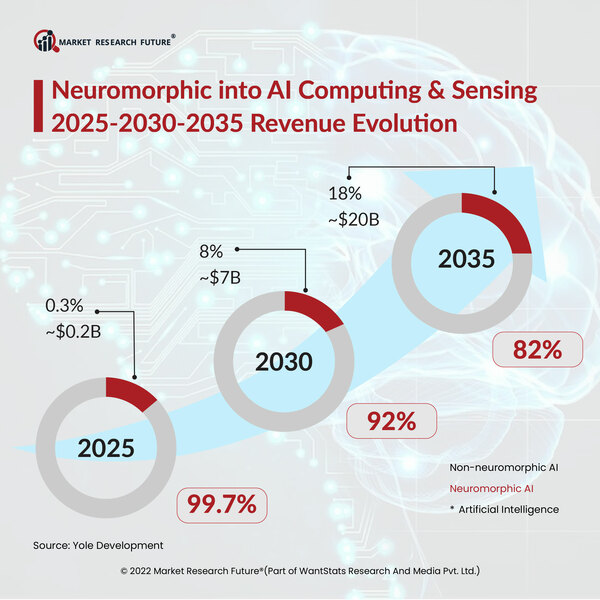The Speck and Xylo Neuromorphic Development Kits from SynSense are now Available for Use in Edge AI Vision and Audio Work
In December 2022, SynSense, the top commercial provider of ultra-low-power neuromorphic hardware and application solutions, has released two hardware and application development kits. These kits are for their Speck and Xylo -Audio chip families. The boards are driven by SynSense's Speck, an ultra-low-power dynamic vision system-on-chip, and Xylo, an ultra-low-power ISP. Industry clients can create an extremely low-power vision and audio processing applications using SynSense's open-source development platforms. Dr. Dylan Muir, SynSense's VP of Global R&D, said, "The firm are creating a user community around their cutting-edge technology, not just focusing on commercial applications but also incorporating research users. "The firm collaborate with academic institutions and research organizations to promote teaching, scientific research, and algorithmic development.
SynSense neuromorphic boards and software are used by more than a hundred business clients, academic institutions, and research organizations. The world's first event-driven, ultra-low-power smart vision processing SoC, Speck, powers the revolutionary vision HDK. It provides real-time vision processing at milliwatt power consumption by fusing the most recent event-based image sensing technology with a 320,000-neuron processor. It's all on one chip. Engineers can quickly train and deploy convolutional neural networks with up to 9 layers on the chip using the open-source software toolchain from SynSense. The Xylo-Audio board is based on the Xylo series of products from SynSense, which provides NN-based audio processing capabilities to microwatt energy budgets. In addition to keyword recognition, Xylo-Audio can identify practically any audio feature. Rockpool, an open-source Python library from SynSense, makes it simple to construct applications. "SynSense has introduced new development tools to aid scientists and engineers in their ongoing investigation of neuromorphic intelligence. Open-source software and development boards are designed to improve the fundamental setting for developers. Enabling them to quickly design, train, test, and deploy spiking neural network-based applications. According to Dr. Qiao Ning, the founder and CEO of SynSense, "The firm anticipate more developers to join the neuromorphic community and achieve advancements."





